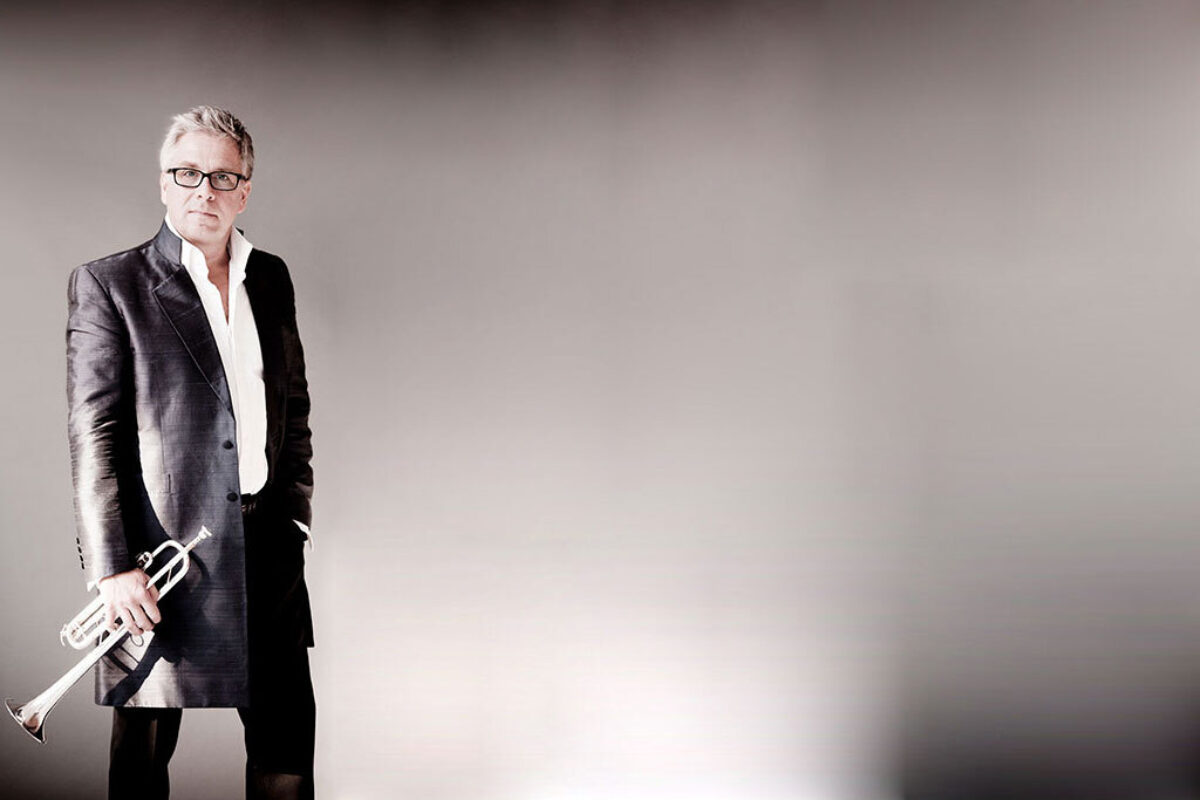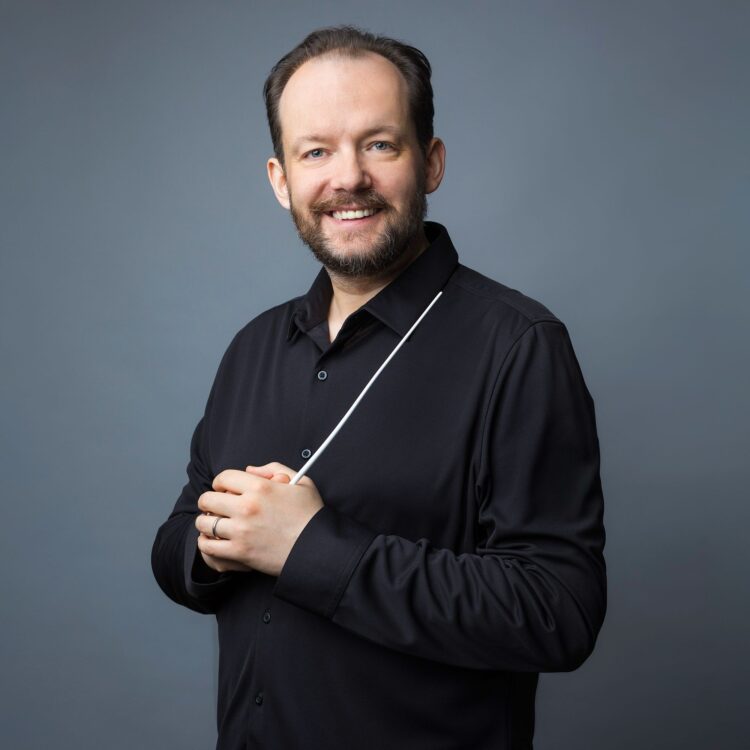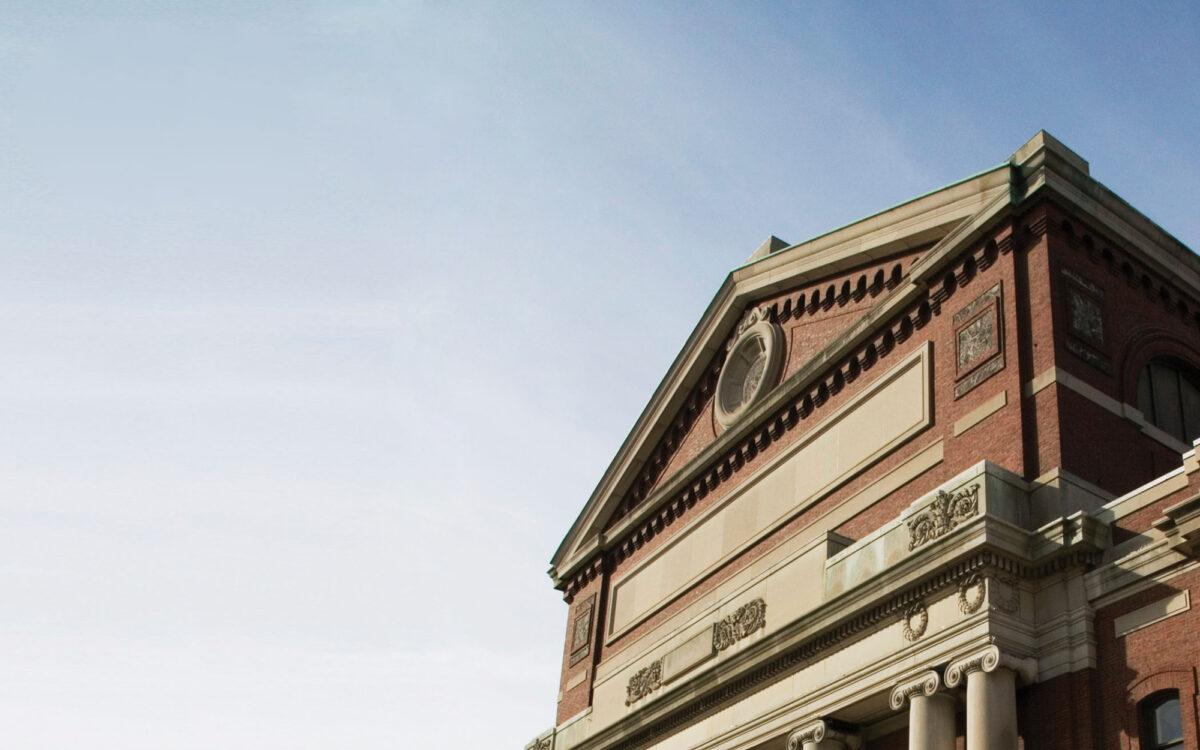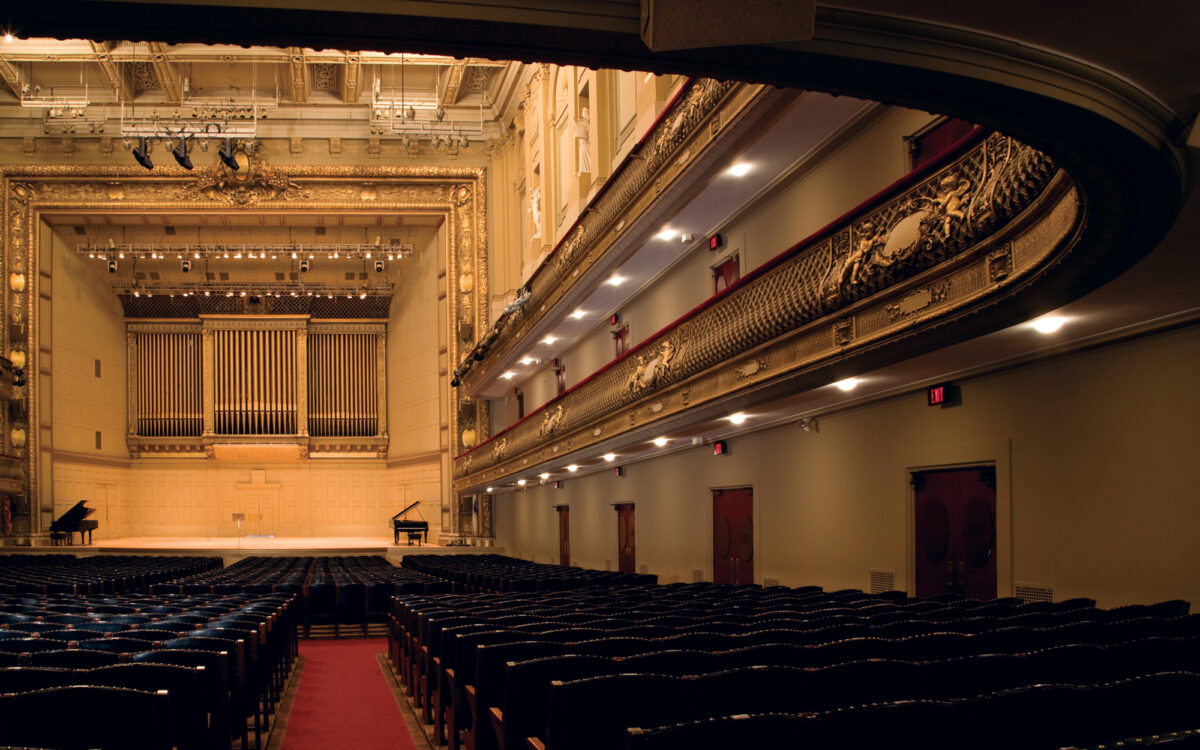Andris Nelsons conducts Widmann and Mahler featuring Håkan Hardenberger, trumpet

Adventurous Swedish trumpeter Håkan Hardenberger has collaborated frequently with Andris Nelsons and the BSO in a range of exciting works. This season he plays the American premiere of a BSO co-commissioned work by Jörg Widmann—the second BSO commission from the prominent German composer. Widmann, himself a noted clarinetist, creates imaginatively dramatic works with deep roots in music history.
The first of Mahler’s nine symphonies employs folk-music references and a conventional four-movement form that have their foundations in Haydn’s time. Its expanded scope and instrumentation are evidence of the genre’s 19th-century transformation as well as Mahler’s own stretching of the form.
Adventurous Swedish trumpeter Håkan Hardenberger has collaborated frequently with Andris Nelsons and the BSO in a range of exciting works. This season he plays the American premiere of a BSO co-commissioned work by Jörg Widmann—the second BSO commission from the prominent German composer. Widmann, himself a noted clarinetist, creates imaginatively dramatic works with deep roots in music history.
The first of Mahler’s nine symphonies employs folk-music references and a conventional four-movement form that have their foundations in Haydn’s time. Its expanded scope and instrumentation are evidence of the genre’s 19th-century transformation as well as Mahler’s own stretching of the form.
Adventurous Swedish trumpeter Håkan Hardenberger has collaborated frequently with Andris Nelsons and the BSO in a range of exciting works. This season he plays the American premiere of a BSO co-commissioned work by Jörg Widmann—the second BSO commission from the prominent German composer. Widmann, himself a noted clarinetist, creates imaginatively dramatic works with deep roots in music history.
The first of Mahler’s nine symphonies employs folk-music references and a conventional four-movement form that have their foundations in Haydn’s time. Its expanded scope and instrumentation are evidence of the genre’s 19th-century transformation as well as Mahler’s own stretching of the form.








